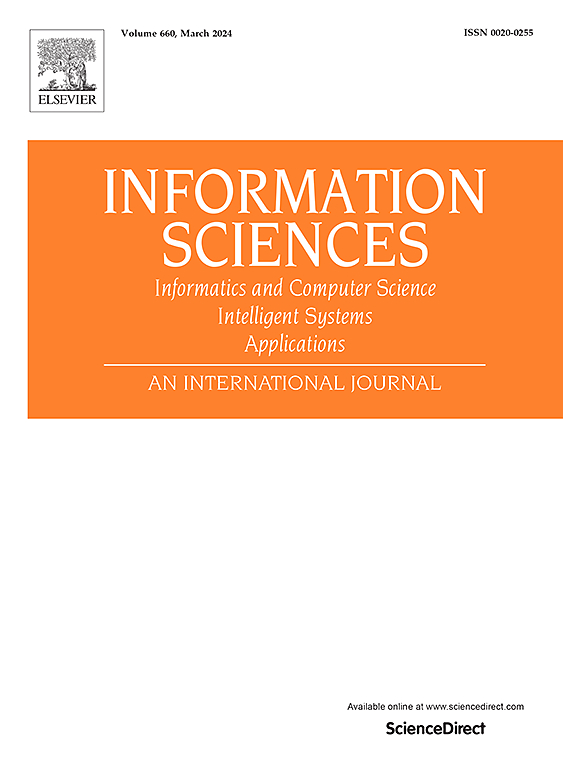Overlap Number of Balls Model-Agnostic CounterFactuals (ONB-MACF): A data-morphology-based counterfactual generation method for trustworthy artificial intelligence
IF 8.1
1区 计算机科学
0 COMPUTER SCIENCE, INFORMATION SYSTEMS
引用次数: 0
Abstract
Explainable Artificial Intelligence (XAI) is a pivotal research domain aimed at clarifying AI systems, particularly those considered “black boxes” due to their complex, opaque nature. XAI seeks to make these AI systems more understandable and trustworthy, providing insight into their decision-making processes. By producing clear and comprehensible explanations, XAI enables users, practitioners, and stakeholders to trust a model's decisions. This work analyses the value of data morphology strategies in generating counterfactual explanations. It introduces the Overlap Number of Balls Model-Agnostic CounterFactuals (ONB-MACF) method, a model-agnostic counterfactual generator that leverages data morphology to estimate a model's decision boundaries. The ONB-MACF method constructs hyperspheres in the data space whose covered points share a class, mapping the decision boundary. Counterfactuals are then generated by incrementally adjusting an instance's attributes towards the nearest alternate-class hypersphere, crossing the decision boundary with minimal modifications. By design, the ONB-MACF method generates feasible and sparse counterfactuals that follow the data distribution. Our comprehensive benchmark from a double perspective (quantitative and qualitative) shows that the ONB-MACF method outperforms existing state-of-the-art counterfactual generation methods across multiple quality metrics on diverse tabular datasets. This supports our hypothesis, showcasing the potential of data-morphology-based explainability strategies for trustworthy AI.
求助全文
约1分钟内获得全文
求助全文
来源期刊

Information Sciences
工程技术-计算机:信息系统
CiteScore
14.00
自引率
17.30%
发文量
1322
审稿时长
10.4 months
期刊介绍:
Informatics and Computer Science Intelligent Systems Applications is an esteemed international journal that focuses on publishing original and creative research findings in the field of information sciences. We also feature a limited number of timely tutorial and surveying contributions.
Our journal aims to cater to a diverse audience, including researchers, developers, managers, strategic planners, graduate students, and anyone interested in staying up-to-date with cutting-edge research in information science, knowledge engineering, and intelligent systems. While readers are expected to share a common interest in information science, they come from varying backgrounds such as engineering, mathematics, statistics, physics, computer science, cell biology, molecular biology, management science, cognitive science, neurobiology, behavioral sciences, and biochemistry.
 求助内容:
求助内容: 应助结果提醒方式:
应助结果提醒方式:


